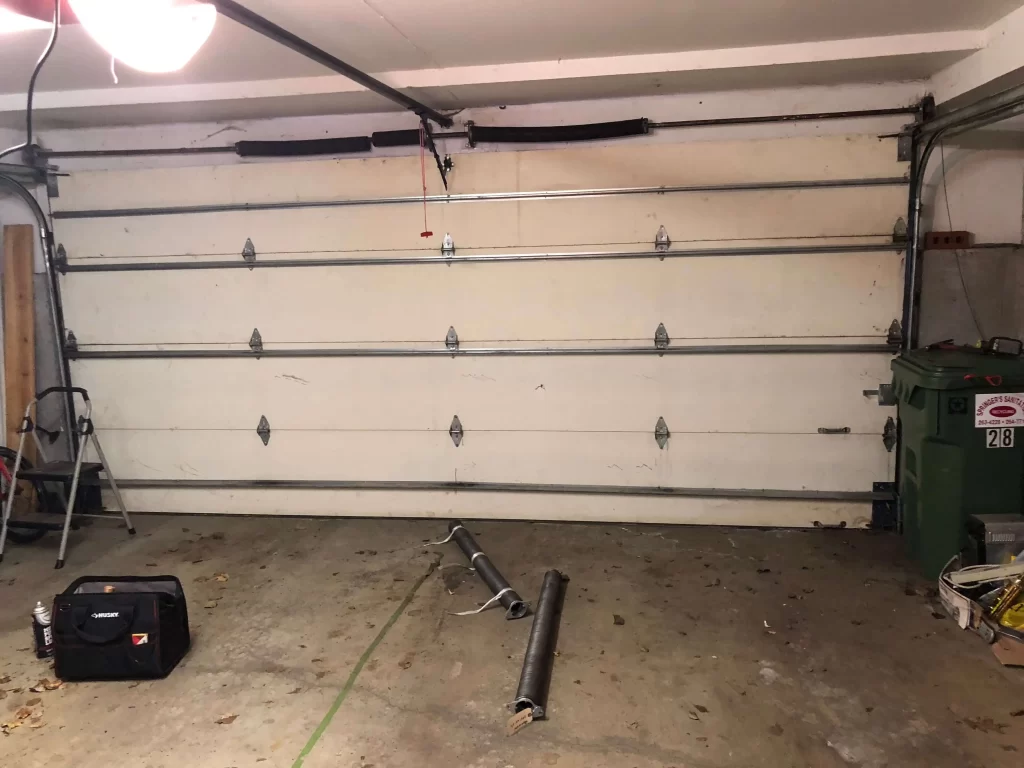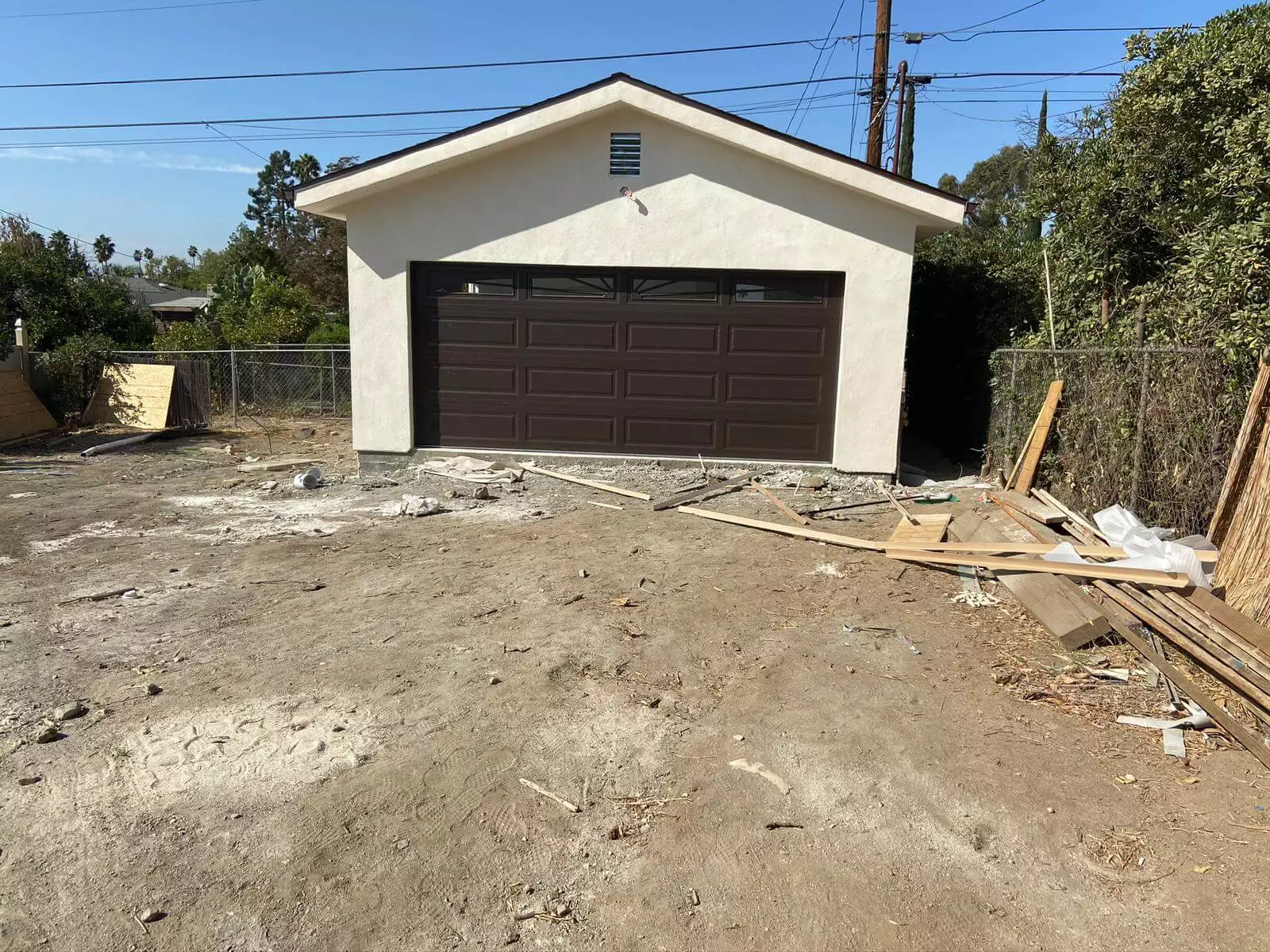Understanding Garage Door Springs: Types, Lifespan, and Maintenance
Garage doors are an essential part of our homes, offering security and convenience. Behind the smooth operation of these doors are garage door springs, crucial components responsible for counterbalancing the weight of the door. Understanding the different types of garage door springs, their lifespan, and how to properly maintain them is vital for ensuring the longevity and efficiency of your garage door system.

Content
Types of Garage Door Springs
- Torsion Springs: Torsion springs are mounted horizontally above the garage door, parallel to the door opening. They store mechanical energy when the door is closed, and this energy is released to lift the door when opening. Torsion springs come in different sizes and strengths, depending on the weight and size of the door.
- Extension Springs: Extension springs are typically installed on either side of the garage door, running parallel to the horizontal tracks. They stretch and contract to support the door’s weight, working in tandem to provide balance and stability during operation.
Lifespan of Garage Door Springs
The lifespan of garage door springs depends on several factors, including the quality of the springs, frequency of use, climate, and maintenance. On average, torsion springs last about 7 to 9 years or 10,000 to 15,000 cycles, while extension springs have a slightly shorter lifespan of around 4 to 7 years or 10,000 to 12,000 cycles. Regular maintenance and proper usage can extend the life of the springs.
Garage Door Spring Maintenance
Proper maintenance is crucial to ensure the smooth functioning and safety of your garage door system. Here are some essential maintenance tips:
- Visual Inspection: Regularly inspect the springs for signs of wear, rust, or damage. If you notice any issues, contact a professional for immediate inspection and repair.
- Lubrication: Apply a silicone-based lubricant to the springs, pulleys, and rollers to reduce friction and promote smooth movement.
- Balance Check: Test the balance of your garage door by disconnecting the opener and manually lifting the door halfway. If the door stays in place, it is balanced; otherwise, it might be due to spring issues.
- Professional Inspection: Schedule a professional inspection and maintenance service at least once a year to identify and address any potential problems.
Conclusion
Garage door springs play a crucial role in the smooth operation of your garage door. Understanding the different types of springs, their lifespan, and proper maintenance is essential for ensuring the safety, efficiency, and longevity of your garage door system. By following these guidelines and seeking professional assistance when needed, you can enjoy a well-functioning and secure garage door for years to come.
FAQs
How do I know if my garage door springs need replacement?
If your garage door starts making loud or unusual noises during operation, appears unbalanced, or exhibits visible signs of wear or damage, it may be time to replace the springs. It’s best to consult a qualified technician to assess the situation accurately.
Can I perform garage door spring repair in Petersburg myself?
Repairing or replacing garage door springs can be dangerous and should only be undertaken by trained professionals. The high tension and weight of the springs pose significant risks, making it essential to rely on experienced technicians for safe and efficient repairs.
Social Links: Societenumerique, Flickr, Revelationscb.Gamerlaunch, Umidigi, Producthunt, Quora, Snowdoniafarms, Primal-Dread.Mn, Sites.Google, Nc-Cricket.Mn, Hashnode, Theamberpost, Techplanet, Party, Tealfeed, Diigo, Butterflycoins, Expressyourcurve.Mn

I am Martin and my love is writing about home improvement. I write mostly about home ideas, but also share some tips and tricks that can make your life easier when it comes to getting things done in the house.












